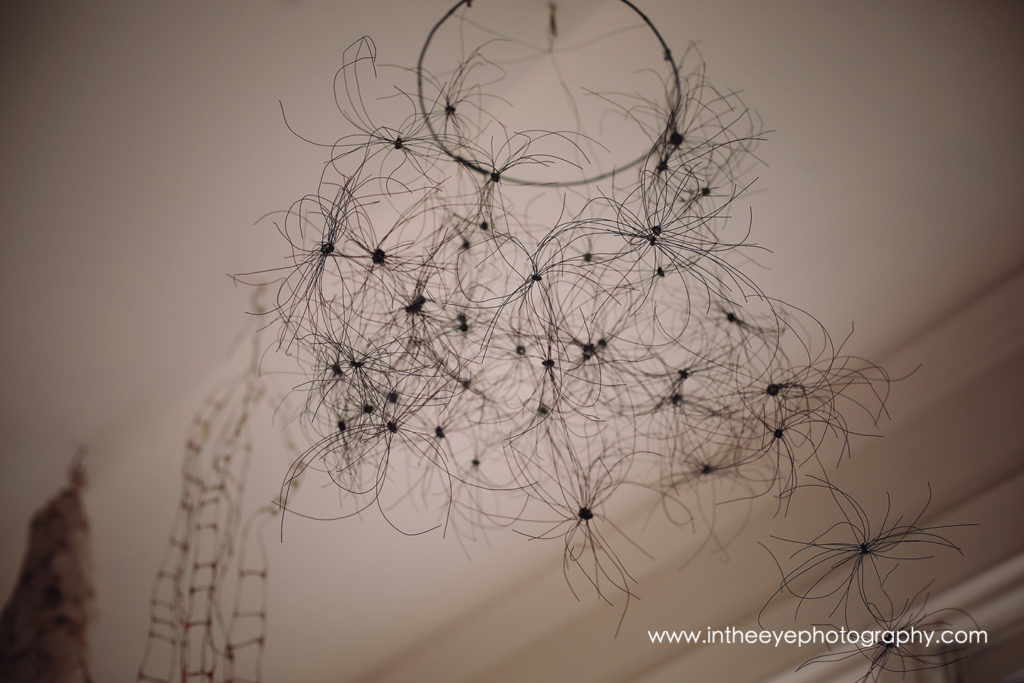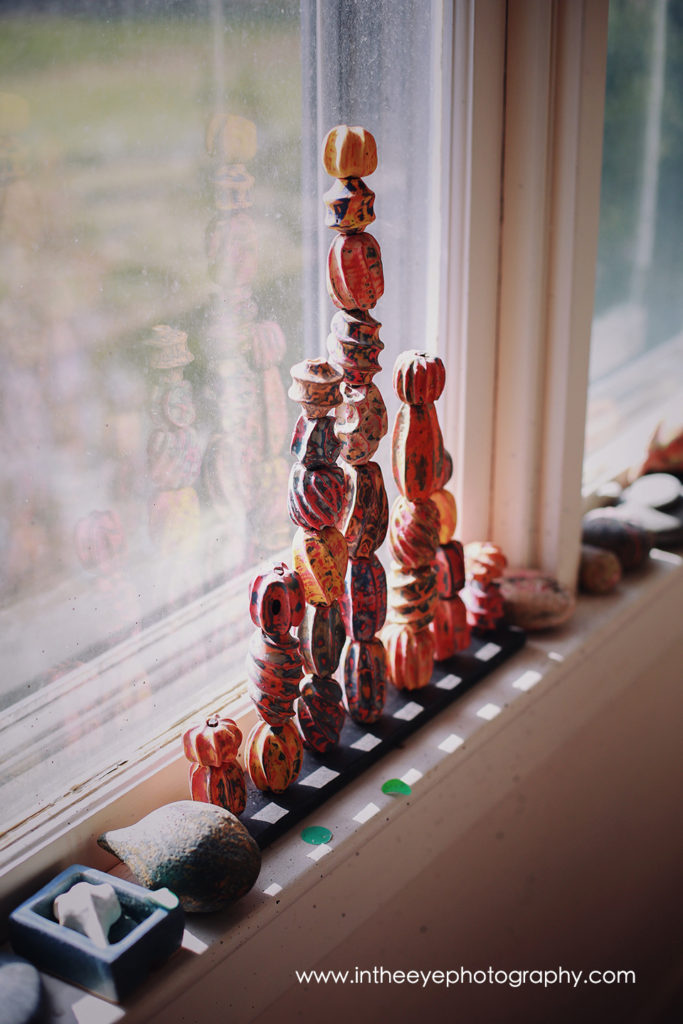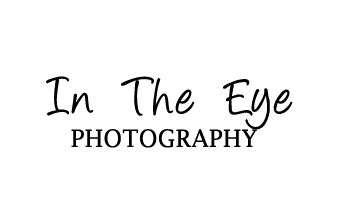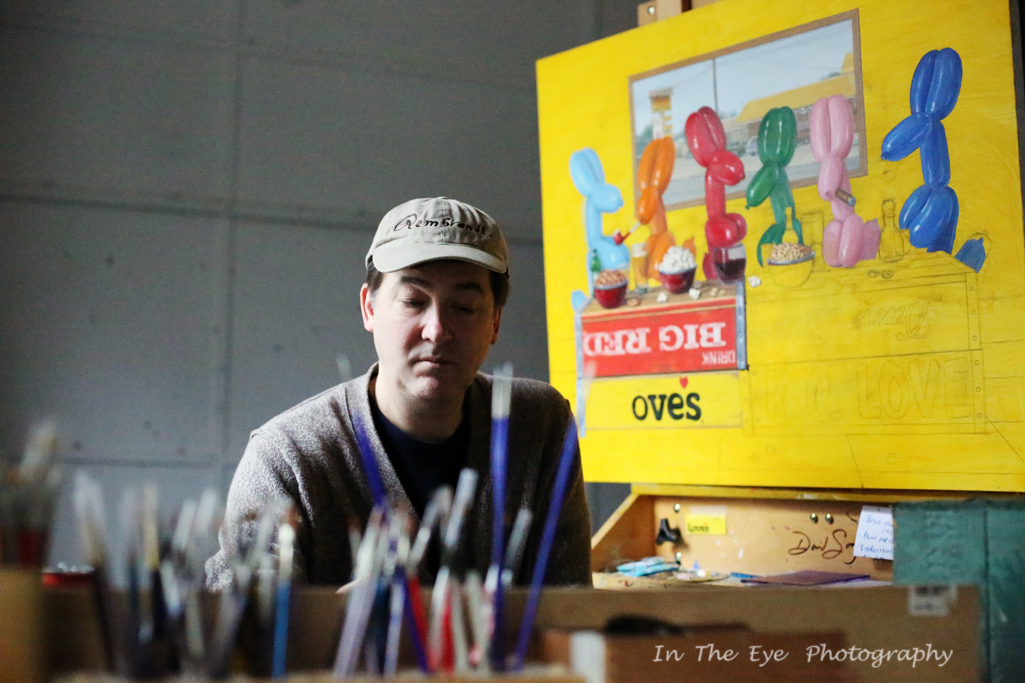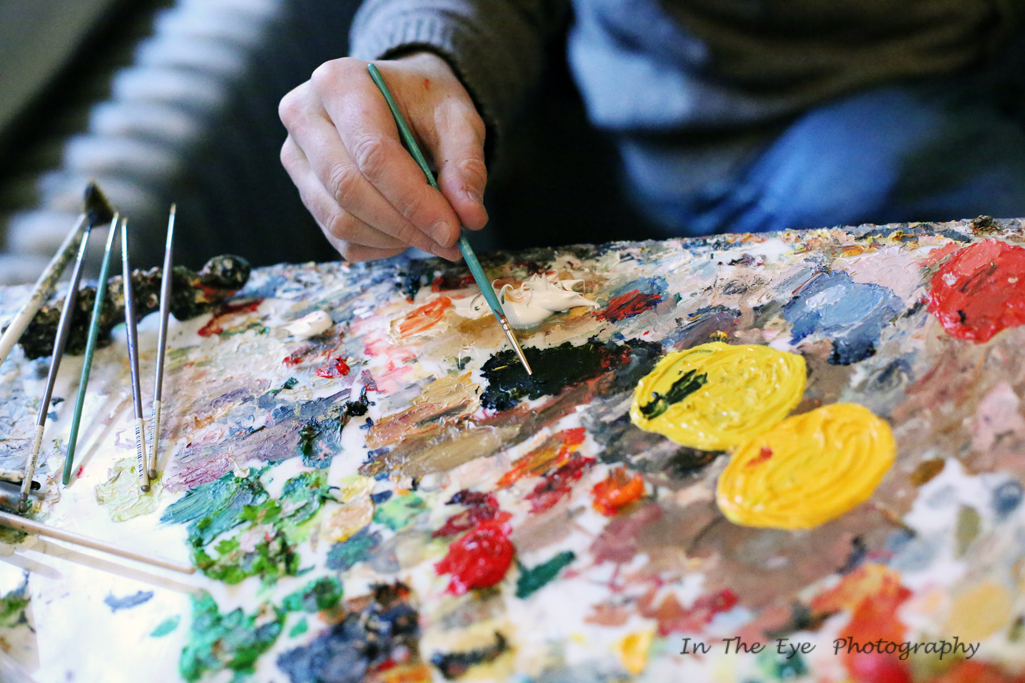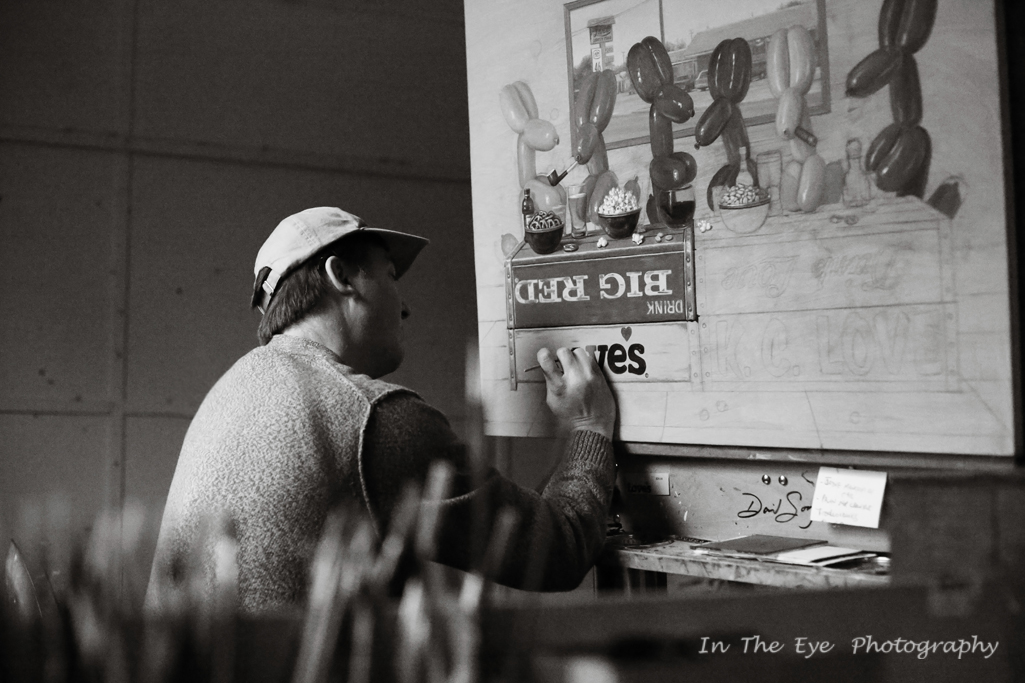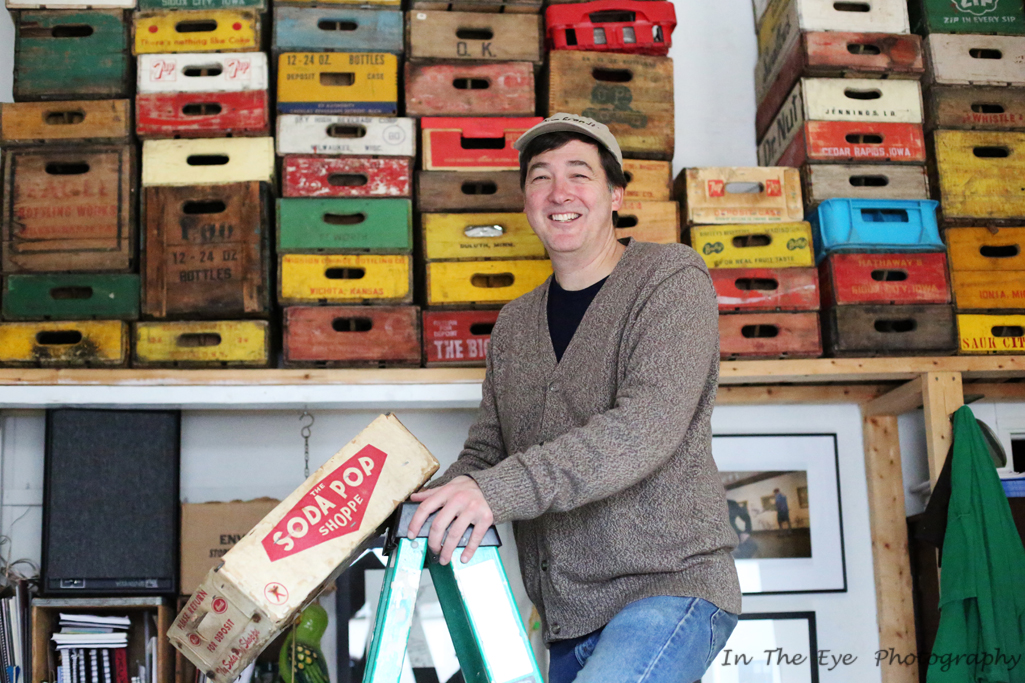“Creating is an integral part of my life. Working with clay, other natural materials, and metal connects with Earth. Their transformation is alluring and fascinating to me – as it has been to humans through the ages. Myths, animals and other forms of nature influence my work. Capturing and expressing the essence or spirit, not soley a realistic portrayal, is my goal. I would be delighted if my functional work is enjoyed in everyday use and my non-functional work provides visual pleasure/provokes contemplation.”–Jill Beech
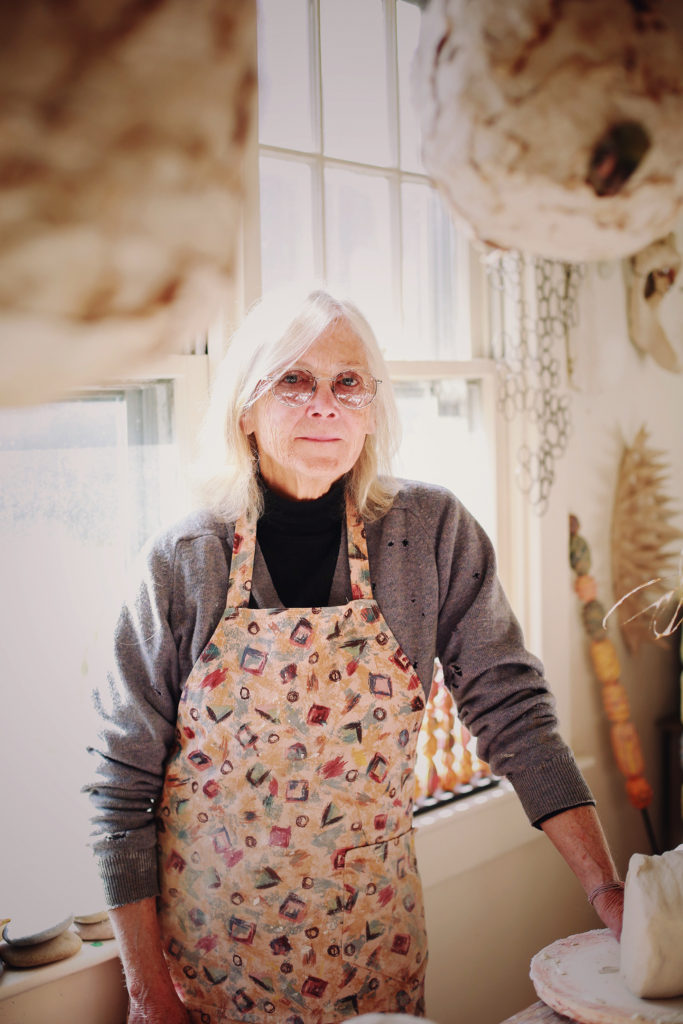
“I first took a ceramics class around 1981 and immediately felt an affinity and bond with clay. Since then, I have taken many classes, mostly in hand-building, and nearly all at Penland School of Crafts – a truly inspirational place with great artists and teachers. As my passion and involvement increased, I built a large gas kiln to expand firing capabilities beyond electric. Until 2011 when I retired, I was a veterinarian on the UPenn Veterinary School faculty so I juggled time between the studio and working at New Bolton Center, in the large animal hospital. Since then, I have been able to devote much more time to working in my studio adjacent to my home.”
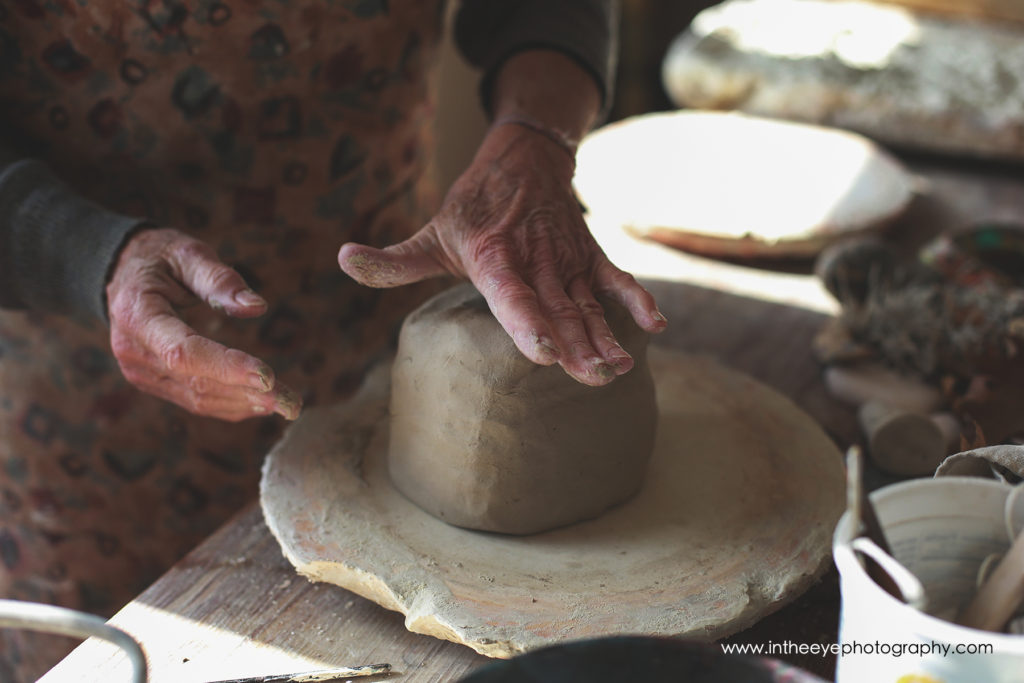
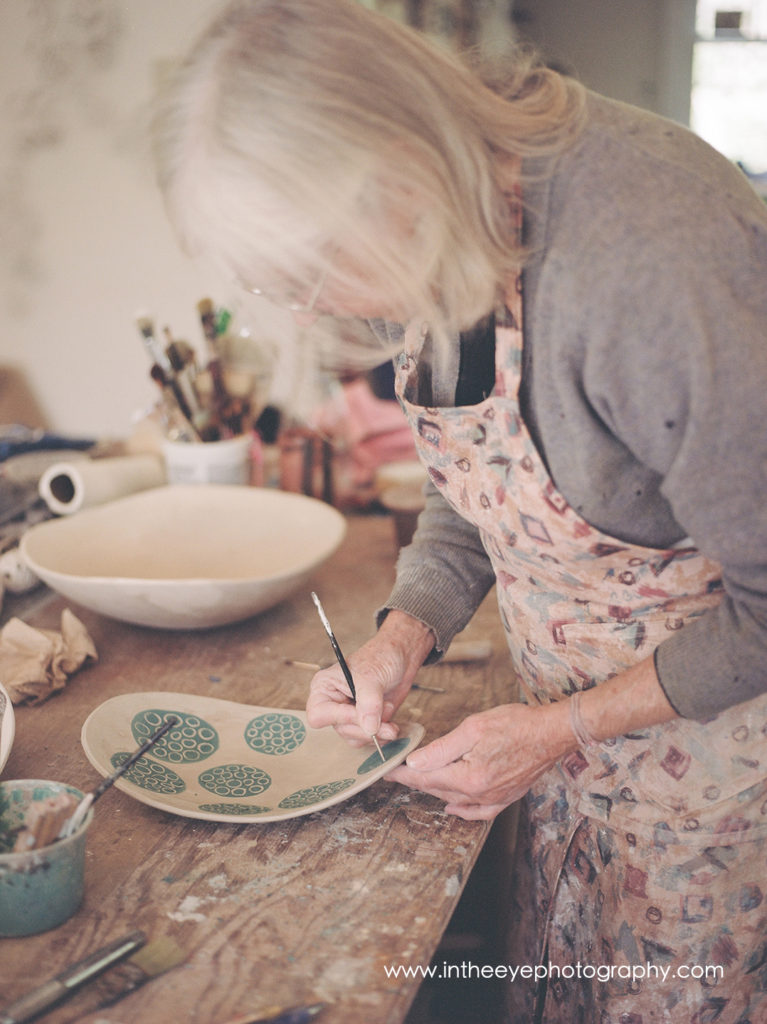
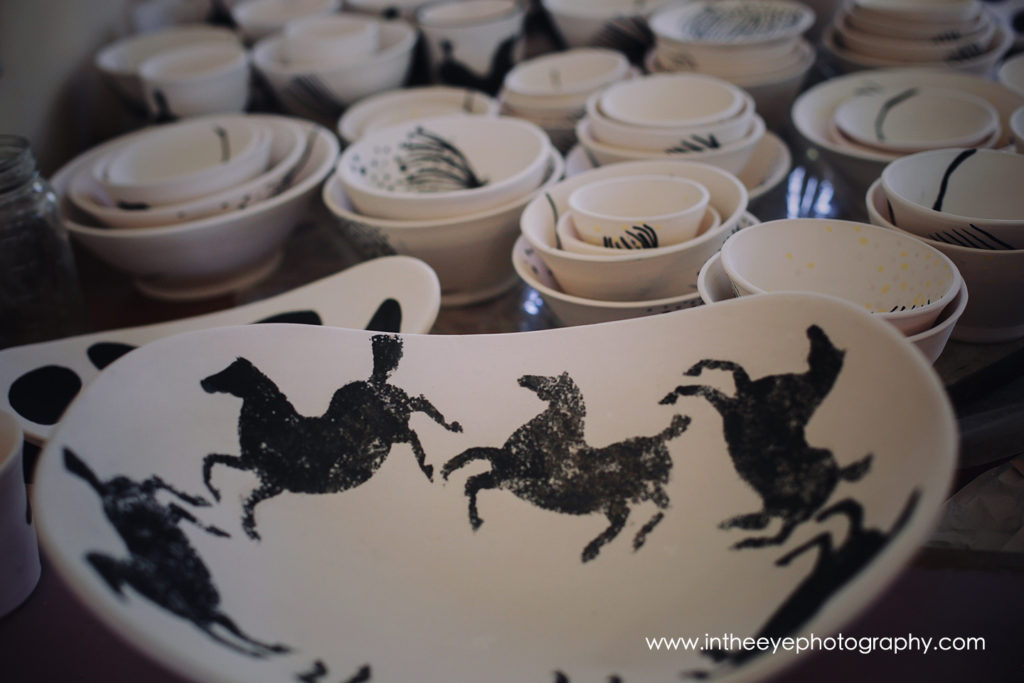
“My functional and sculptural work is mainly made from porcelain or stoneware clay, and less frequently low fire earthenware clay. Some of my hand built forms are perforated with hundreds of varying sized and shaped holes whilst still damp and malleable; they are then dried, fired to a low temperature ( approximately 1800 F) then sandblasted, and finally re-fired to a higher temperature, usually between 2100-2300F. Glazes or stains are applied to some pieces. Others have multiple layers of different coloured slips (clay suspension) applied and then rubbed through to reveal different colours, and some are left unadorned, revealing just the clay itself. Some are mounted on steel stands that I forged. I have sometimes used metal containing paint on the final fired piece to give forms the appearance of metal. Encaustics have been used on some vessels to create layers on the surface, giving subtle colour changes and texture. Less frequently, on the low fired non-functional earthenware pieces, I paint multiple layers of acryllic paint. Horses, and to less extent other animals, influence both the forms as well as the images on the decorated surfaces of functional ware. Imagery from travel also has influenced forms.”
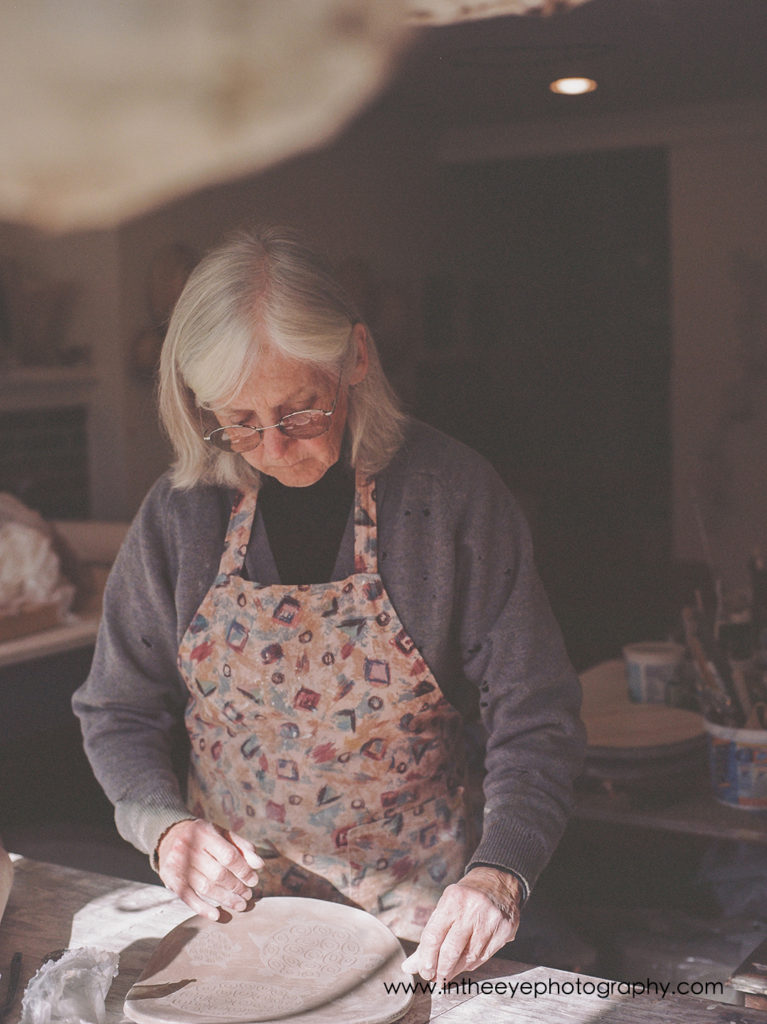

“Over the last few years, in addition to working with clay, I have worked with copper fold-forming,( using commercial patinas on the finished forms, and making wall panels, leaves for mobiles, and wearable wrist cuffs), clay monoprinting,( influenced by the late Mitch Lyons, who had a studio in London Grove) , hand made paper, recycled cardboard, paper sculpture, and also wire sculptures. I particularly like Kozo for making paper, and sometimes use encaustics on surfaces. My studio is near Ercildoun and is open by appointment and at my yearly open studio days.”
